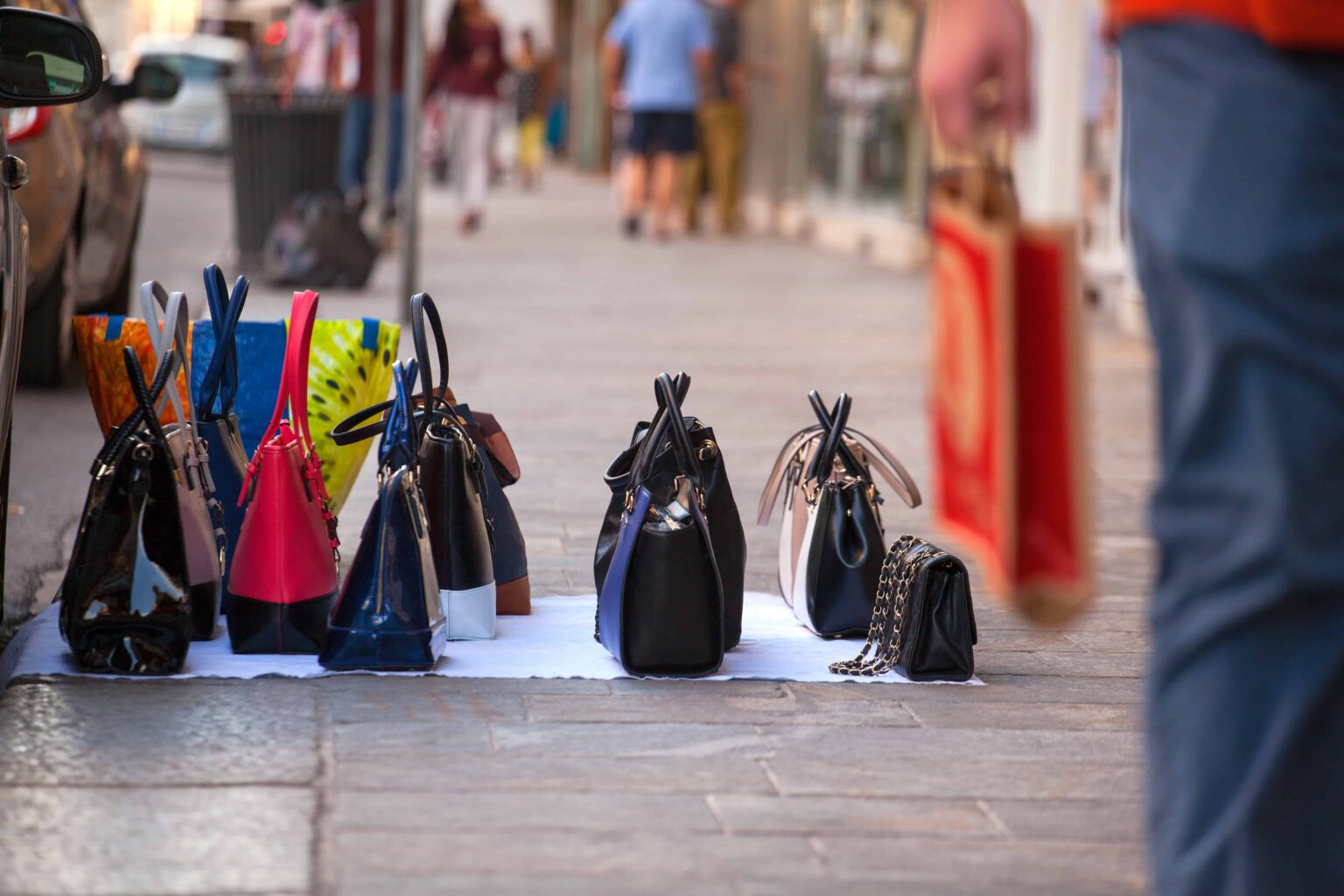From the Lidl ‘Hampstead’ gin to Aldi’s Cuthbert the Caterpillar cake, ‘copycat’ products have recently taken the spotlight, with brands looking to remove them from supermarket shelves. However, copycat stores having successfully used this business model for many years, and the attack of the clones is likely to continue. So, how can brands protect themselves from these lookalikes?
What is a ‘copycat’ product?
Essentially, these products are imitations made to look like the original, but with a few key differences. By copying aspects such font or colour rather than brand name, these products tiptoe carefully around the realm of trade mark infringement, making it harder for brands to take action.
Proving consumer confusion
Usually, a trade mark infringement case will centre on a name or a logo and the potential to cause confusion for consumers. The problem comes when proving this confusion, as it can be difficult to establish, especially if the name or logo isn’t identical to the registered mark.
As such, copycat cases often revolve around ‘passing off’, meaning that another brand is using the positive associations of the original to sell their own lookalike product (such as colour, shape, designs – known as “get up”). However, this can be just as hard to prove as trade mark infringement.
For example, when entering Aldi or Lidl, customers are fully aware that they won’t be buying the real thing. As a result, it could be said that some copycat products are merely legitimate competition.
Brand dilution
As well as a reduction in sales being a cause of concern for brands, copycats can also dilute well-established names. If a number of products are using the same colour scheme or font, a ‘family’ of similar products is created, increasing the chance that shoppers will buy an imitation.
Should the copycat be of poor quality, this can then damage the reputation of the original brand through association.
Protecting your product
The more comprehensive a brand’s IP portfolio, the more likely a copycat court battle will fall in favour of the original product. Although registering trade marks for fonts and colours is more challenging, this should still be considered. – along with design right protection and copyright.
Another way to protect a product’s market position is to boost its visibility through effective marketing, showing consumers why it is better than its competitors.
Unless there is a substantial legislation change to include a concept such as “unfair competition”, brands will have to continue to battle against the onslaught of copycat products. However, by creating a strong IP portfolio, businesses can give themselves a fighting chance in court.
Contact us
Learn more about our intellectual property team and find out how they can help you.
We have launched our guide to recovery and resilience, helping to support businesses and individuals unlock their potential, navigate their way out of lockdown and make way for a brighter future. Further advice in relation to COVID-19 can be found on our dedicated coronavirus resource hub.
From inspirational SHMA Talks to informative webinars, we also have lots of educational and entertaining content for life and business. Visit SHMA® ON DEMAND.
Our free legal helpline offers bespoke guidance on a range of subjects, from employment and general business matters through to director’s responsibilities, insolvency, restructuring, funding and disputes. We also have a team of experts on hand for any queries on family and private matters too. Available from 10am-12pm Monday to Friday, call 0800 689 4064.







